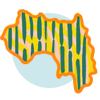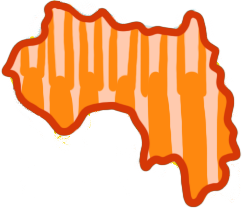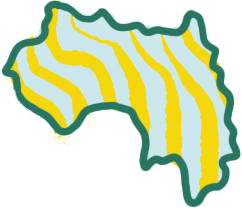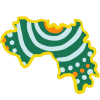Text
In this chapter, we are going to cover something simple, but necessary: the numbers 1–10.
I’ll give you the following:
- 1-10
- information on the basics of using numbers in noun phrases (e.g., “two houses” in English)
Numbers 1-10
| Number | Maninka |
|---|---|
| 1 | kelen |
| 2 | fila1 |
| 3 | saba |
| 4 | naani |
| 5 | loolu |
| 6 | wɔɔrɔ |
| 7 | wɔrɔnwila |
| 8 | seyi |
| 9 | kɔnɔndɔ |
| 10 | tan |
-
Pronounced [fla] in normal or rapid speech↩︎
Use with nouns
Using these numbers with nouns is very straightforward. You simply place the number after the noun. For instance:
adamaden + saba
human/human being + three‘three human beings’
Or:
karo + kɔnɔndɔ
month/moon + nine‘nine months’
Note that in neither case did I need to make adamaden or karo plural; the number next to the noun is enough to signal that there’s multiple of them.
And yes, it’s true that we haven’t covered pluralization yet—we will in an upcoming chapter on "Plurals"!
Vocab
Coming soon n'Ala sɔnna!
- kelen
- one
- fila [fla]
- two
- saba
- three
- naani
- four
- loolu
- five
- wɔɔrɔ
- six
- wɔrɔnwila
- seven
- seyi
- eight
- kɔnɔndɔ
- nine
- tan
- ten
- jeli
- how many; how much
- adamaden
- human being
- karo
- month; moon
Vocab list will be here someday!
Flashcards will be here someday!
Exercises
Exercises will be here someday!




